Buy this painting Abraham Janssens, Ceres, Bacchus and Venus, ca 1610 by Atelier Liesjes as a reproduction on canvas, ArtFrame, poster and wallpaper, printed on demand in high quality.
About "Abraham Janssens, Ceres, Bacchus and Venus, ca 1610"
by Atelier Liesjes
About the artwork
The composition takes the form of a mythological scene, with a clear allegorical character. The three deities can be identified by their attributes: on the right, we have Ceres (goddess of crops, of agriculture and of the regenerating powers of nature) carrying a wreath of ears of corn, leaning against a great horn of plenty; Bacchus (god of wine, who could inspire music and poetry), carrying wreaths of wine and raising a cup of wine; Venus (goddess of beauty and erotic love) represented with her two customary doves and flanked by her son, Cupid. Ceres and Bacchus gesture to Venus, in a metaphorical expression of the fact that physical love is alive, along with the pleasures of abundant food and drink; the painting is an excellent example of the praise and joie de vivre of a lecher. Compositionally, Ceres, Bacchus and Venus is an impressive example of complex artistic design. The contours and posture of the characters' bodies, as well as the fragments of colonnaded architecture, all betray the artist's preference for the harmonies of the Italian classical spirit. On the other hand, the horn of plenty and its proximity are in fact a still life with vegetables and fruit painted in the style of the purest Flemish mannerism. Abraham Janssen(s) van Nuyssen (Antwerp, c. 1573 - there, 1632) was a Brabant Baroque painter. Later works are more mythological and religious in nature. His main stylistic features are the sculptural design and dramatic lighting strongly reminiscent of Caravaggio. Also typical are the use of motifs from the High Renaissance and classical sculpture, which he had studied extensively in Italy.

About Atelier Liesjes
Art for sale. Shop with photos and art as wall decoration. Posters, metal (aluminium or steel), glass, canvas, photo print, wood, framed, canvas, photo wallpaper or garden canvas.
The collection of wall decoration or wall decorations is very broad, from nature through..
Read more…
 Germany
Germany Ordered in July 2020
Ordered in July 2020
 Germany
Germany Ordered in August 2025
Ordered in August 2025
 Germany
Germany Ordered in February 2025
Ordered in February 2025
 Germany
Germany Ordered in September 2019
Ordered in September 2019
 Germany
Germany Ordered in October 2023
Ordered in October 2023
 Germany
Germany Ordered in March 2021
Ordered in March 2021
 Germany
Germany Ordered in October 2022
Ordered in October 2022
 Germany
Germany Ordered in July 2019
Ordered in July 2019
 Germany
Germany Ordered in September 2021
Ordered in September 2021
 Netherlands
Netherlands Ordered in January 2025
Ordered in January 2025
 Germany
Germany Ordered in June 2023
Ordered in June 2023
 Germany
Germany Ordered in December 2019
Ordered in December 2019
About the material
ArtFrame™
Interchangeable Art Prints
- High-quality print
- Easily interchangeable
- Acoustic function
- Large sizes available
Discover the artworks of Atelier Liesjes
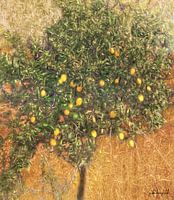 picturesque lemon treeAtelier Liesjes
picturesque lemon treeAtelier Liesjes Jaguar E-Type sportscarAtelier Liesjes
Jaguar E-Type sportscarAtelier Liesjes Pinup and actress Olive Thomas from the 10s and 20sAtelier Liesjes
Pinup and actress Olive Thomas from the 10s and 20sAtelier Liesjes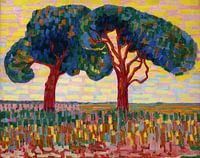 Two trees, Jacoba van Heemskerck, 1908 - 1910Atelier Liesjes
Two trees, Jacoba van Heemskerck, 1908 - 1910Atelier Liesjes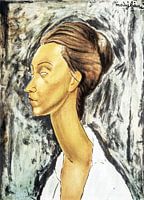 Lithograph of a woman - Amedeo ModiglianiAtelier Liesjes
Lithograph of a woman - Amedeo ModiglianiAtelier Liesjes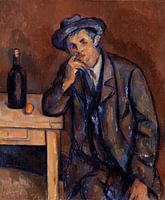 Cézanne, The drinker (ca. 1898-1900)Atelier Liesjes
Cézanne, The drinker (ca. 1898-1900)Atelier Liesjes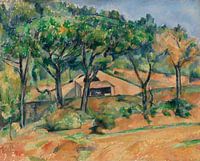 House in Provence, Paul Cézanne (ca.1890)Atelier Liesjes
House in Provence, Paul Cézanne (ca.1890)Atelier Liesjes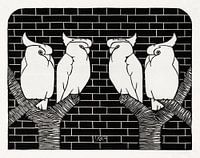 Samuel Jessurun de Mesquita, Four crowned cockatoos (1912)Atelier Liesjes
Samuel Jessurun de Mesquita, Four crowned cockatoos (1912)Atelier Liesjes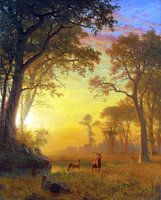 Albert Bierstadt, Light in the ForestAtelier Liesjes
Albert Bierstadt, Light in the ForestAtelier Liesjes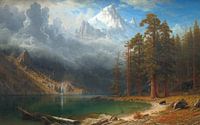 Albert Bierstadt, Mount Corcoran, 1876-1877Atelier Liesjes
Albert Bierstadt, Mount Corcoran, 1876-1877Atelier Liesjes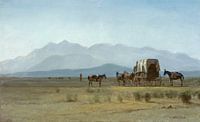 Albert Bierstadt, Surveyor’s Wagon in the Rockies, 1859Atelier Liesjes
Albert Bierstadt, Surveyor’s Wagon in the Rockies, 1859Atelier Liesjes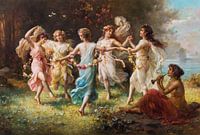 Hans Zatzka, fairy danceAtelier Liesjes
Hans Zatzka, fairy danceAtelier Liesjes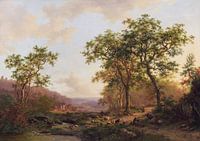 FREDERIK MARINUS KRUSEMAN, Sweeping landscape in the evening light, 1870Atelier Liesjes
FREDERIK MARINUS KRUSEMAN, Sweeping landscape in the evening light, 1870Atelier Liesjes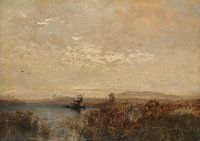 JOSEF WENGLEIN, in the Ampermoos, around 1910Atelier Liesjes
JOSEF WENGLEIN, in the Ampermoos, around 1910Atelier Liesjes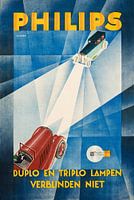 Philips Arga advertisingAtelier Liesjes
Philips Arga advertisingAtelier Liesjes Kunisada, Watering spring boat ride, 1852Atelier Liesjes
Kunisada, Watering spring boat ride, 1852Atelier Liesjes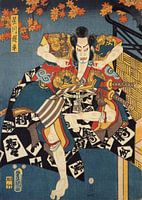 Kunisada, ManAtelier Liesjes
Kunisada, ManAtelier Liesjes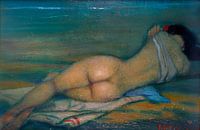 Federico Beltrán Masses, NudeAtelier Liesjes
Federico Beltrán Masses, NudeAtelier Liesjes Fedir Krychevsky, Life (triptych) - Family, left, 1927Atelier Liesjes
Fedir Krychevsky, Life (triptych) - Family, left, 1927Atelier Liesjes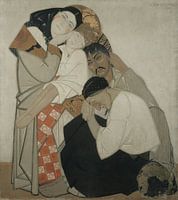 Fedir Krychevsky, Life (triptych) - Family, central, 1927Atelier Liesjes
Fedir Krychevsky, Life (triptych) - Family, central, 1927Atelier Liesjes
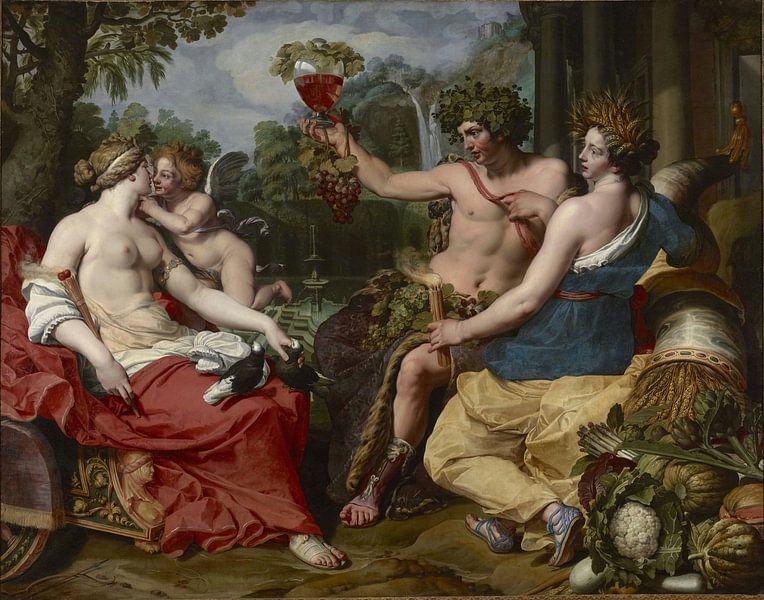


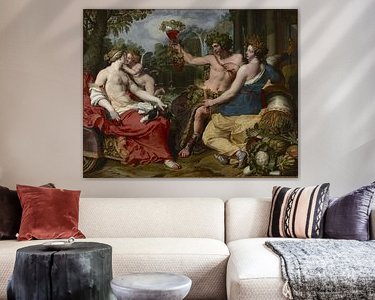


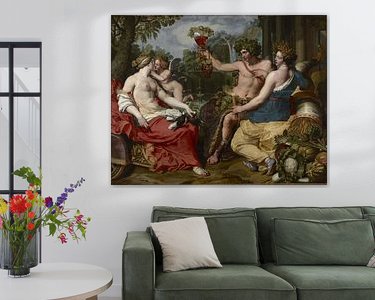

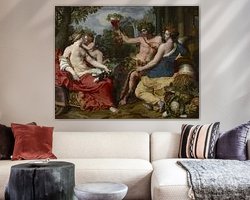

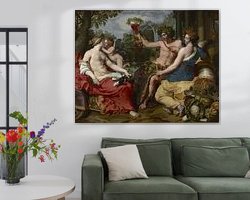

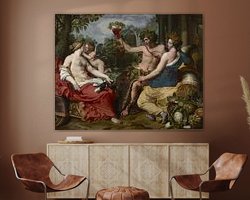
 Erotic art
Erotic art Golden Age
Golden Age Mythology
Mythology Old masters
Old masters Romantic Moments
Romantic Moments Serene Peace
Serene Peace









